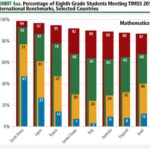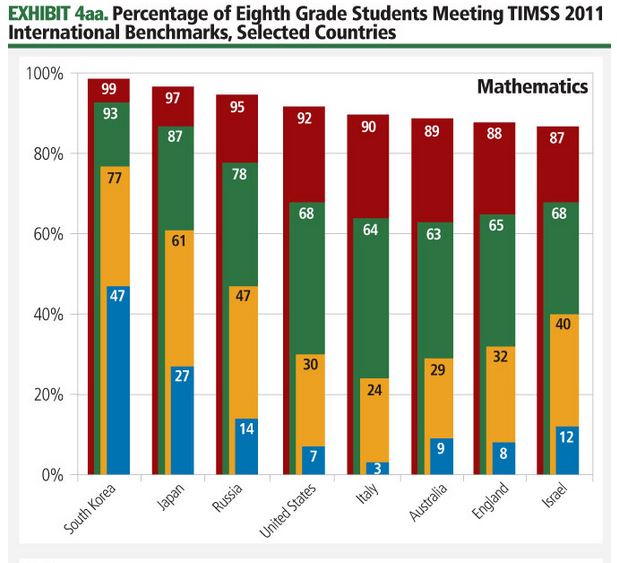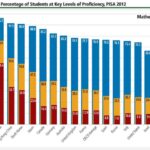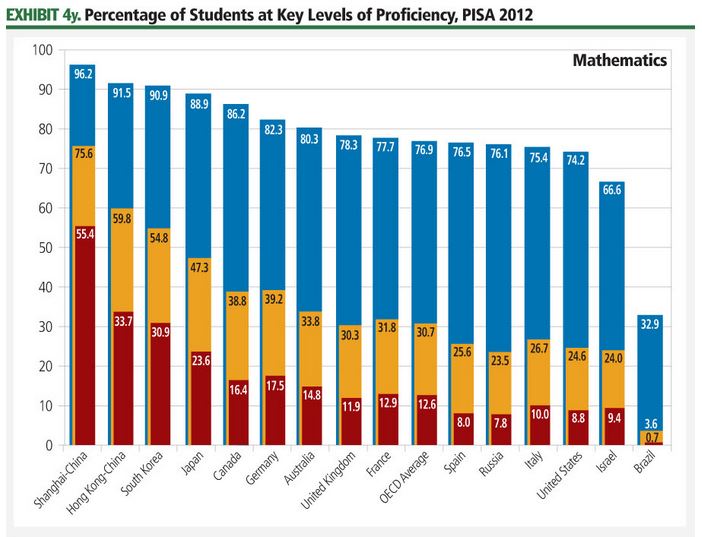South Korea
2013 – Government Space Budgets Overview
Government space programs accounted for approximately $## billion in spending during 2013, representing ##% of the global space economy. Government investment in space decreased by ##% in 2013, contributing to a cumulative average annual growth rate of ##% between 2009 and 2013. The top-line figures, however, do not fully depict how some countries have significantly increased space spending while others have made cuts, as shown in Exhibit 2n. Because not all governments operate under the same fiscal cycle, international space spending numbers were derived from the most recent budgetary information available for each country. The figures reported in the following country profiles are presented in both the local currency and U.S. dollars as of June 30 of the appropriate year.
2013 – South Korean Government Space Budget
In calendar year 2013, South Korea spent an estimated ## billion won (US$## million) on civil space, a ##% increase from implemented 2012 spending of ## billion won (US$## million). South Korea’s 2012 civil space spending constituted approximately ##% of the country’s ## trillion won (US$## billion) national budget. Civil space activities in South Korea are carried out primarily by the Korea Aerospace Research Institute (KARI).
2013 – Number of First-Degrees Awarded
The number of STEM first-degree (bachelor’s equivalent) graduates in many space-relevant countries has increased in recent years. The disciplines included here are physical, biological, and computer science; engineering; and mathematics.
2013 – Demographics
Science and engineering courses offered at the secondary school level are important for preparing students to pursue STEM degrees. Not only may students with more exposure be more likely to pursue a STEM degree upon reaching university, but research suggests that they are more likely to actually complete that degree.
2013 – TIMSS


The TIMSS study also assesses mathematics and science knowledge and skills. Unlike PISA, which focuses on broader mathematical and scientific literacy of students nearing the end of compulsory education, TIMSS is designed to align broadly with the mathematics and science curricula in participating countries at the fourth and eighth grade (approximately 9- and 13-year-old) levels.
2013 – PISA


Trends in international primary and secondary STEM education can be compared across countries using two widely respected international exams. The Programme for International Student Assessment (PISA), carried out by the Organisation for Economic Co-operation and Development (OECD) every three years, focuses on the capabilities of 15-year-old students in mathematics and science literacy.
2013 – Changing Context in Government Space Programs: National, Regional, and Local
As the commercial space sector matures, government space programs wrestle with defining the context and objectives for scientific and exploration activities while optimizing economic and societal return through space applications. International planning for space exploration activities provides a fr… Thank you for visiting The Space Report! The Authoritative Guide to Global Space Activity, Packed with…
2013 – Other Countries, Launch, Payload
South Korea conducted ## successful orbital launch in 2013. After suffering two previous launch failures of the Korea Space Launch Vehicle (KSLV)-1, arguments arose between the Russian manufacturers of the vehicle’s first stage and the South Korean manufacturers of the second stage over the responsibility for the vehicle’s failures.
Economy: Space Economy – TSR 2013
2012 – Doctoral Degrees Awarded
Considering the number of doctoral degrees earned in science and engineering, the European Union has the greatest proportion.